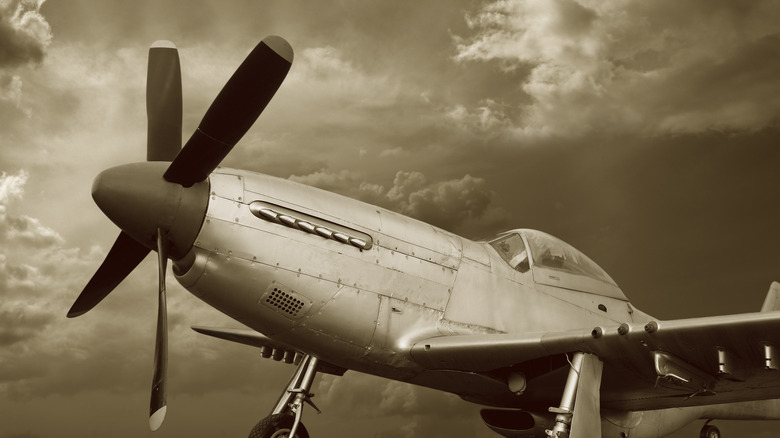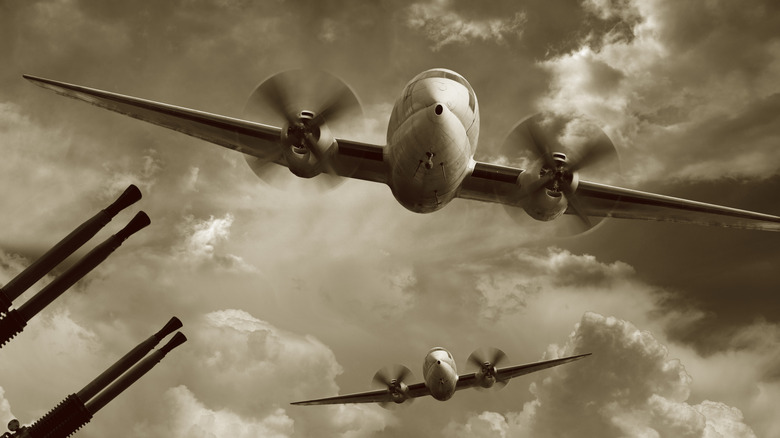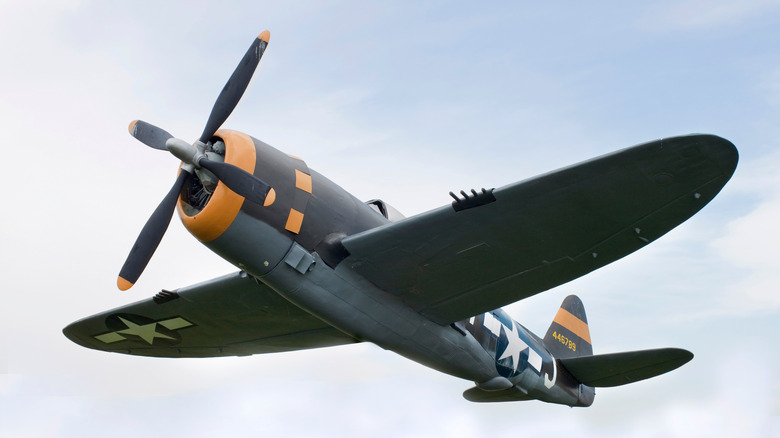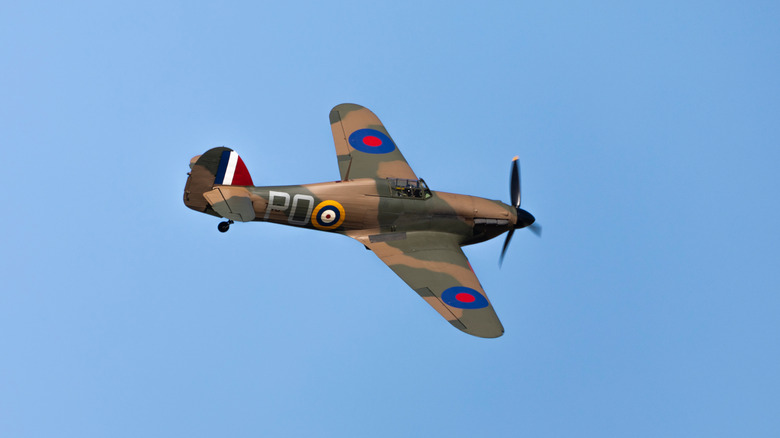The CW-21 Demon Fighter Plane: WW2's Forgotten Outcast
Even 75 years and more after the end of WWII, some of the vehicles used in the war enjoy continued fame. We all know what happened to the Army jeep; the USS Intrepid lives on as a floating museum; and people still recognize the P-38 Lightning and the P-51 Mustang fighter planes. But then there are the forgotten ones: the ineffective prototypes, behind-the-times dinosaurs, and sometimes, an aircraft that kept showing up too late to do any good. The Curtiss-Wright CW-21 was such an airplane. It was designed almost from the start for the international market since the Army Air Corps showed no interest in the concept of a light, fast interceptor that could climb faster than almost any plane in the world.
The idea was that this plane would fly up to meet enemy bomber formations in a climb so steep and fast that the bombers would have little time to react. And if those bombers had fighters escorting them, the CW-21 was designed to be so fast that after attacking the bombers, they could just use their superior climbing speed to escape. The result was something unlike anything the Air Corps had, or wanted. In fact, when the plane was tested at an Army airfield, it was emphatically rejected by the pilots who tried it. But lead engineer Willis Wells persisted.
A plane built for speed
Every aspect of the CW-21's design was geared toward speed and climb rate, even to the point of sacrificing safety. In particular, no pilot armor around the cockpit was included, nor were the self-sealing fuel tanks that helped many a fighter plane make it back to the airstrip or carrier. Armament was also kept light, limited to .50 caliber machine guns and smaller, mounted in the nose and synchronized to fire through the propeller.
It was a low-winged, single-seat monoplane with retractable landing gear and a 1,000-hp radial engine that gave the Demon a top speed of 314mph and a climb rate of 4,500 feet per minute, enough to outclimb most of the Japanese fighters that were expected to be the enemy the Demons would face. After its rejection by the Army Air Corps, where one of the test pilots opined that it would take a genius to land the plane, the Curtiss-Wright Company moved on to other potential customers.
The first Demons went to China
A CW-21 prototype was flown to China in 1939 by test pilot Bob Fausel, for evaluation by the Chinese military. After Mr. Fausel proved the Demon's worth during a Japanese air raid on Chongqing by piloting it and downing a Japanese bomber, an order for three assembled CW-21s, plus 27 more in unassembled kit form, was placed.
The Curtiss-built models were delivered in 1940, and after being studied, they were given to the 1st American Volunteer Group (the famous Flying Tigers), but the three planes and their pilots were lost in late 1941 on a flight from Rangoon to Kunming. The kits were delivered in 1941, but none were ever assembled, because the Imperial Japanese military overtook the region around Loiwing, where the planes were being constructed, in early 1942. The life of the CW-21 Demon was starting out with a streak of bad luck.
The Dutch Air Force ordered 2 dozen
Back in America, Curtiss-Wright was working on an improvement on the CW-21, the CW-21B. The main changes were improved landing gear and hydraulic flaps. The CW-21B was slightly heavier than its predecessor, but more aerodynamic, resulting in an increase in top speed of 18 MPH, with a small decrease in climb speed. The Dutch military, whose military was in general far behind the times, ordered 24 of the improved Demons in April of 1940.
But again, actual war interfered with plans for war when the Nazis conquered the Netherlands just a month later in May. The order was transferred to the Dutch East Indies, where they were intended to help defend the islands from the encroaching Japanese military. While the CW-21Bs acquitted themselves well in the Dutch East Indies campaign, the Japanese sent waves of fighters and bombers against their outmatched opponents, and most of the CW-21B Demons were either shot down or bombed while still on their runways.
It would have been interesting to see the damage a large squadron of Demons could have done to the bombers of the Third Reich or Imperial Japan, had its fleet, powerful design, made for hit-and-run attacks, been embraced by the Allies. But, as is the case with so many other forgotten vehicles of WWII, we will never know.



